Yoshua Okón
Colapso Gravitatorio
Wednesday 25 September, 2019
6pm
Talk between Yoshua Okón and Renzo Gianella, curator of the exhibition
7:30pm
Opening
26 September – 21 December 2019
Proyecto AMIL
Lima
On 25 September, Proyecto AMIL will present Colapso Gravitatorio, a solo exhibition by the Mexican artist Yoshua Okón.
Gravitational collapse (colapso gravitatorio) is the fundamental mechanism for the structural formation of the universe. It occurs when the internal pressure of an object is insufficient to resist its own gravity.
In the Camino Real Shopping Center, where Proyecto AMIL opened its doors to the public almost five years ago, Okón proposes an analogy between this physical phenomenon, the upcoming renovation of the commercial center that will take place in January 2020 and most importantly, the economic structure of neoliberalism
The Centro Comercial Camino Real marked the beginning of a US style shopping mall culture in Peru. Opened in December 1980 in the exclusive district of San Isidro with shops, restaurants, cinemas and even a skating rink, Camino Real was for about ten years the most important shopping center in Lima. In 1992 the shopping mall suffered from a bomb attack and in fear of a repeat occurrence, visitor numbers diminished. Camino Real has since been semi-abandoned and has effectively become a symbol of political and economic instability. It is a ghost shopping center that collapses within its own structure to give rise to a new one - in the same way stars are formed, but also black holes.
In this context, Okón presents two works that revolve around consumer culture but also predict its collapse. Salò Island (2013) is a sculptural video installation that recreates the "human dogs" scene of the Pier Paolo Pasolini film Salò, or the 120 Days of Sodom (1975). The artist re-situates this scene at Fashion Island, an outdoor mall in Newport, California, built in the 1960s as a public space and subsequently privatized in the 1980s; "...a surreal late-night corporate labyrinth, completely devoid of people, although perfectly lit and ready for business." In Okón's video, "the dogs" are desolate and decrepit creatures, enslaved by consumption.
El nuevo centro (2019) is a site-specific installation that transforms the facades of the abandoned stores, which surround the main exhibition space of Proyecto AMIL, into hyper-realistic showcases of brands that are part of the global consumption imaginary. These stand out from the devastated and calcined interiors of these same spaces. Referring to the opening slogan of the shopping center in the 1980s –"Camino Real Center, the new Lima Center"– this work points to the growing replacement of public space with private ones. It also refers to the new shopping center to come: a late reaction to the renewal, increasingly accelerated, of an economic cycle that appears as a necessity of the neoliberal model and the narrative that links quality of life to the consumption of the new. El nuevo centro questions the sustainability of this perpetual consumption system.
Colapso gravitatorio draws attention to the vicious circle to which the current economic system subjugates us: on the one hand, the culture of hyper-consumerism, with its consecration of the new, the acceleration of innovations and the reduction of life cycles; and on the other, the emotional emptiness of consumers who, always dissatisfied, try to fill this void by consuming even more. In addition to this cycle, the project suggests the fragility of a system that, by generating excessive demand, uses non-renewable resources at an increasingly rapid rate; heading for an inevitable collapse or black hole.
Colapso gravitatorio marks the end of Proyecto AMIL’s exhibition program at Camino Real Shopping Center. During 2020, we will continue our regular programming on an itinerant basis through inter-institutional collaborations and site-specific projects in Peru whie expanding our exhibition and residency program in Switzerland.
Yoshua Okón (Mexico City, 1970) His work is a series of near-sociological experiments executed for the camera, blends staged situations, documentation and improvisation and questions habitual perceptions of reality and truth, selfhood and morality. In 2002 he received an MFA from UCLA with a Fulbright scholarship. His solo shows exhibitions include: Yoshua Okón: Collateral, MUAC, Mexico City and Amparo Museum, Puebla; Yoshua Okón, Ghebaly Gallery, LA; Yoshua Okón: In the Land of Ownership, ASAKUSA, Tokio; Saló Island, UC Irvine, Irvine; Piovra, Kaufmann Repetto, Milan; Poulpe, Mor Charpentier, Paris; Octopus, Cornerhouse, Manchester and Hammer Museum, Los Angeles and SUBTITLE, Städtische Kunsthalle, Munich. His group exhibitions include: Manifesta 11, Zurich; Istanbul Biennale, Istanbul; Gwangju Biennale, Korea; Antes de la resaca, MUAC, Mexico City; Incongruous, Musèe Cantonal des Beux-Arts, Lausanne; The Mole´s Horizon, Palais des Beaux Arts, Brussels; Mercosur Biennial, Porto Alegre; Amateurs, CCA Wattis; San Francisco; Laughing in a Foreign Language, Hayward Gallery, London; Adaptive Behavior, New Museum, NY and Mexico City: an exhibition about the exchange rates between bodies and values, PS1, MoMA, NY, and Kunstwerke, Berlin. His work is included in the collections of Tate Modern, Hammer Museum, LACMA, Colección Jumex and MUAC, among others.
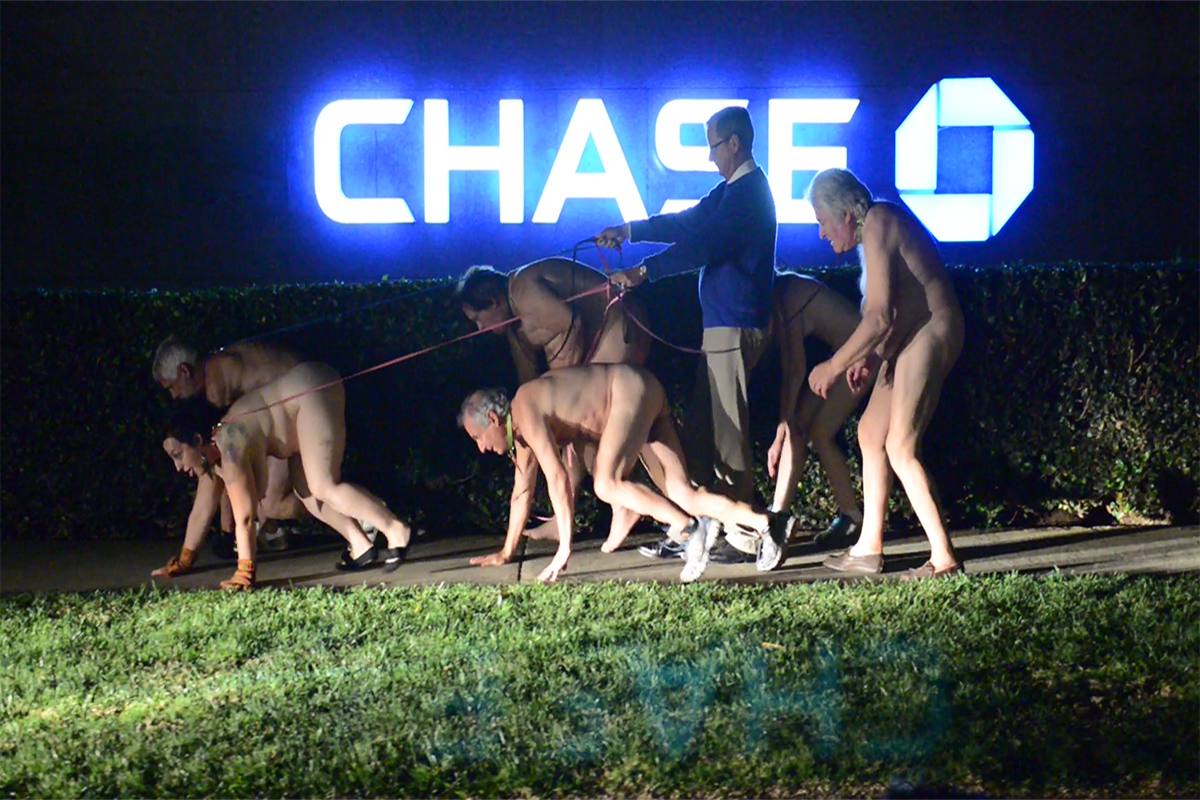
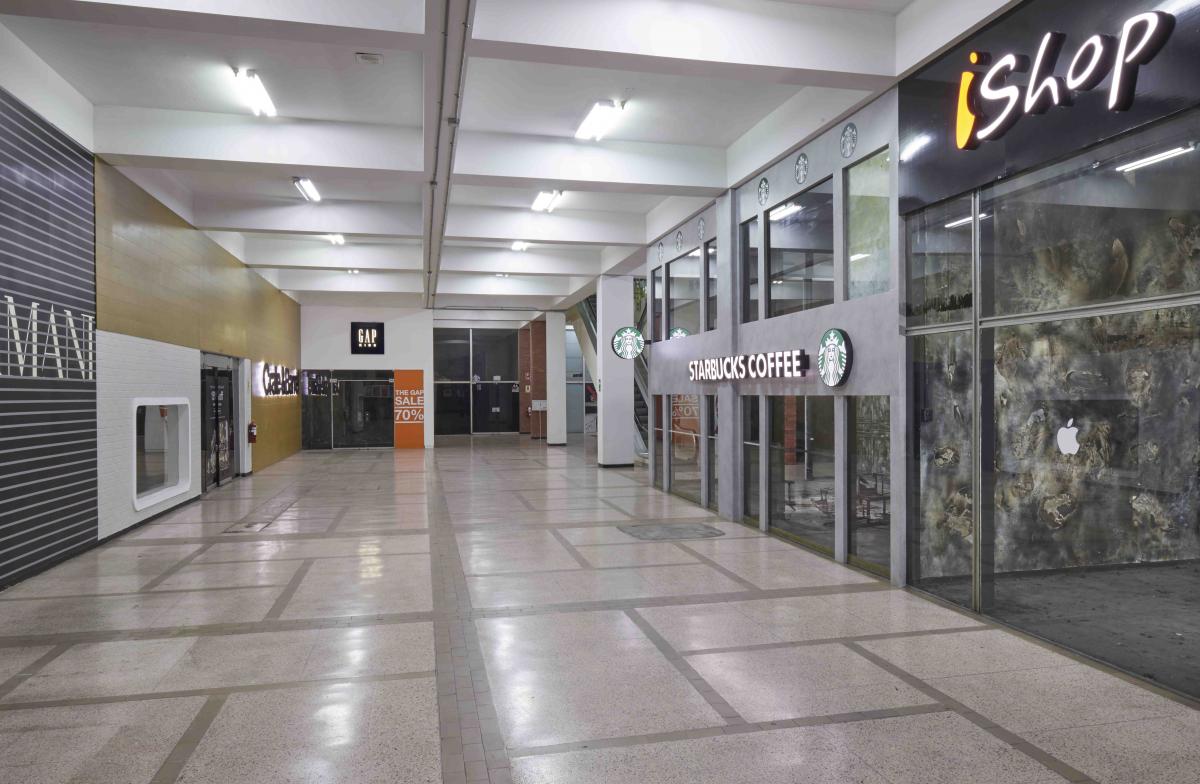
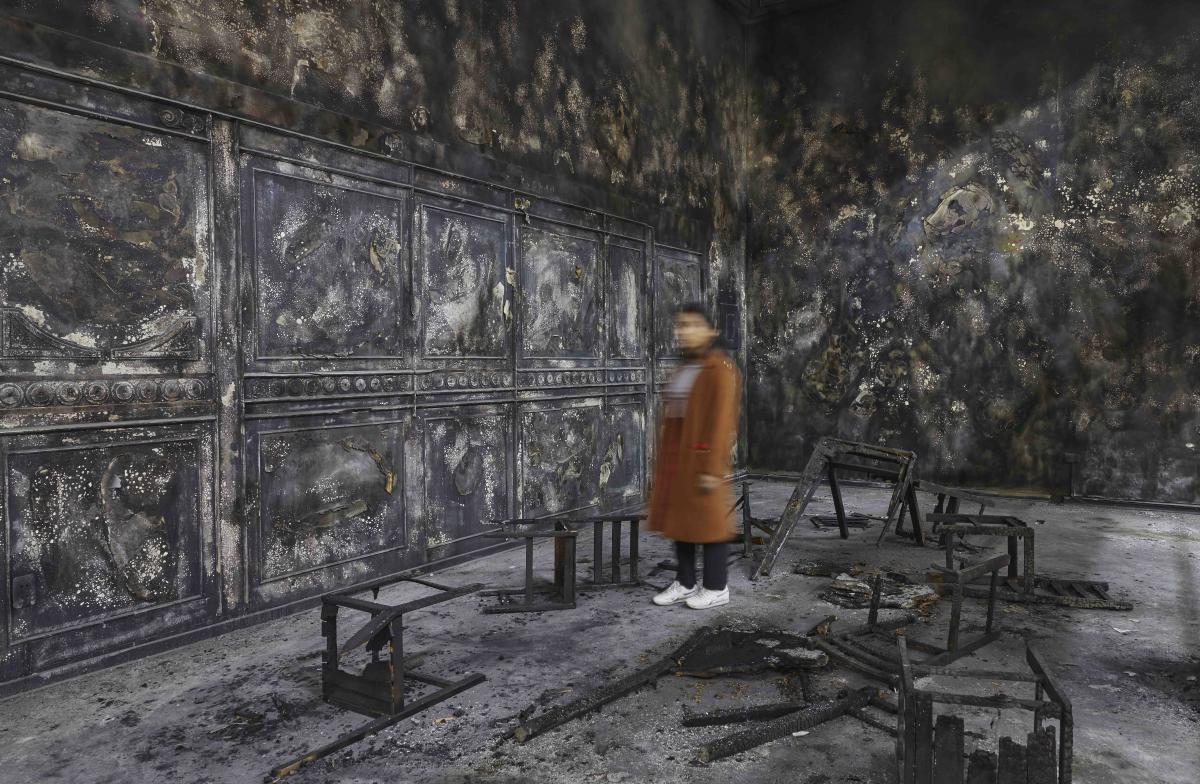
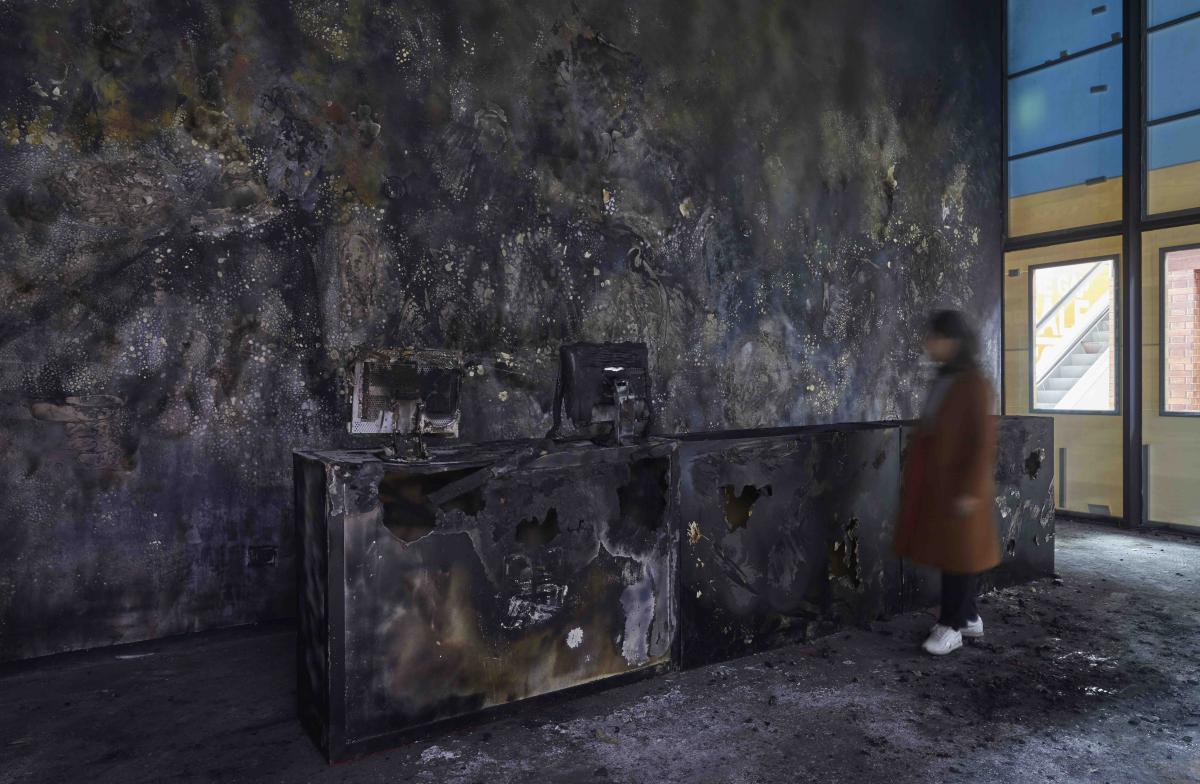
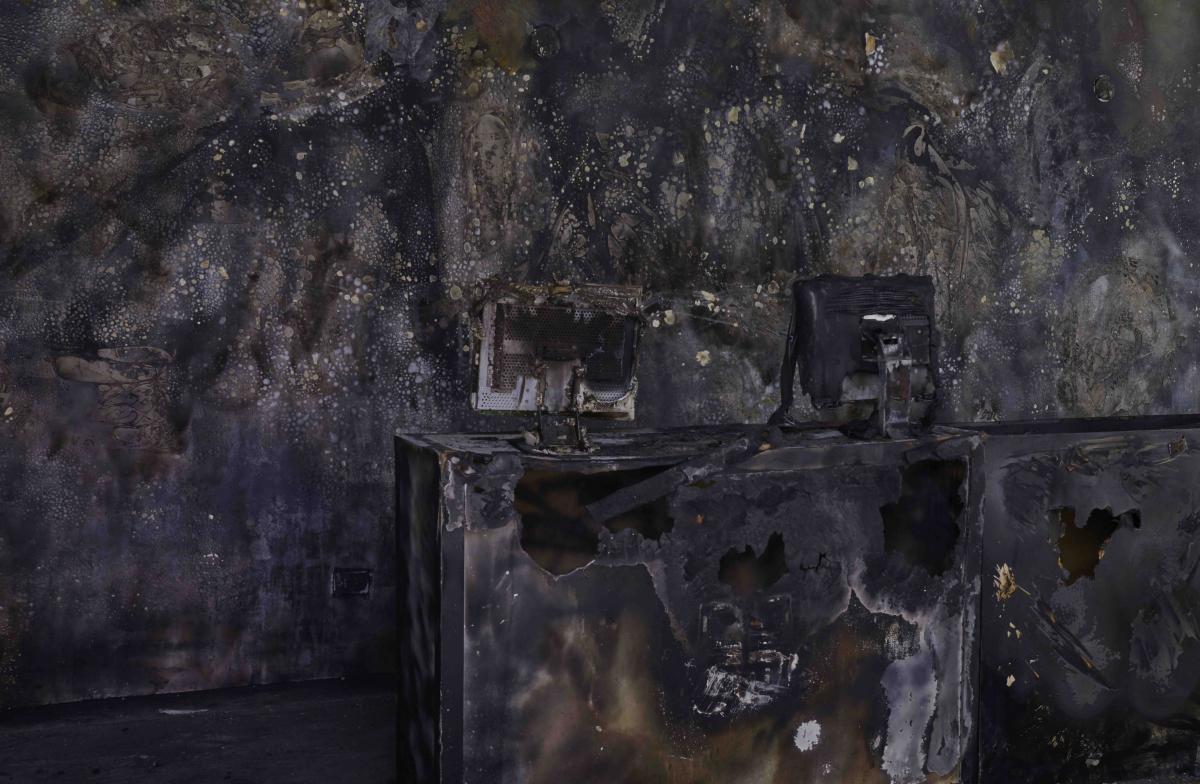
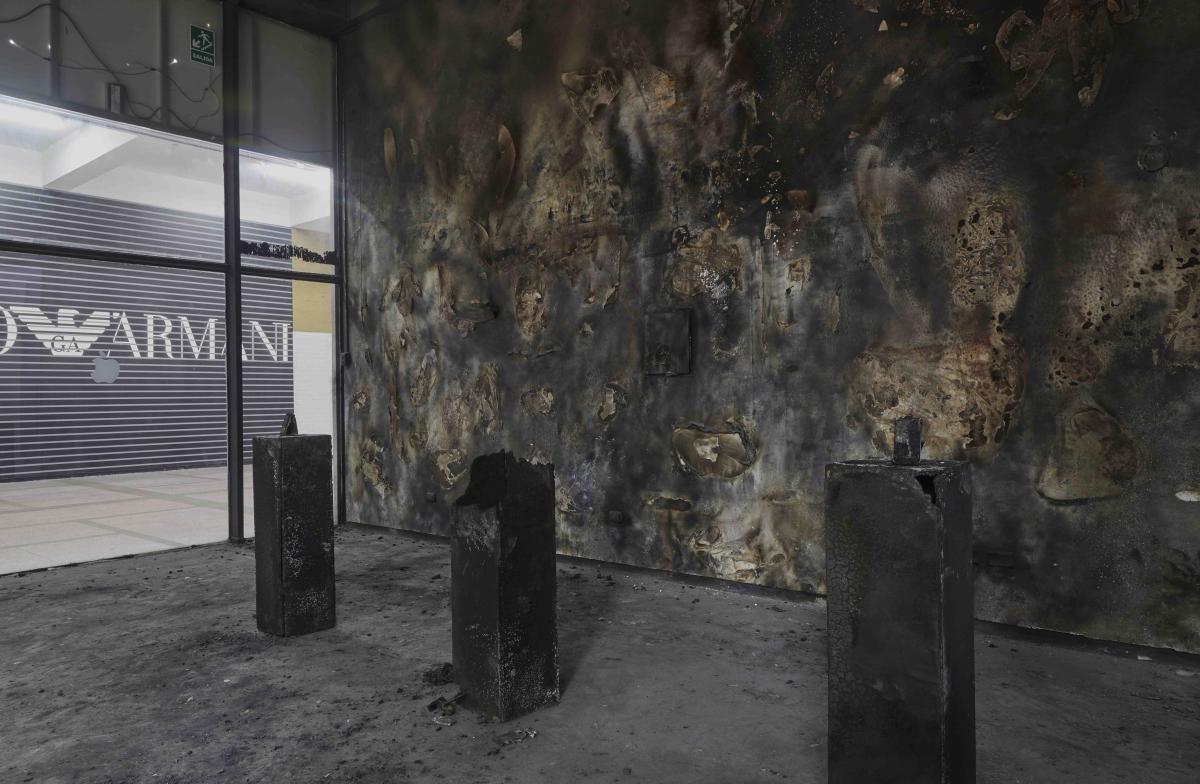

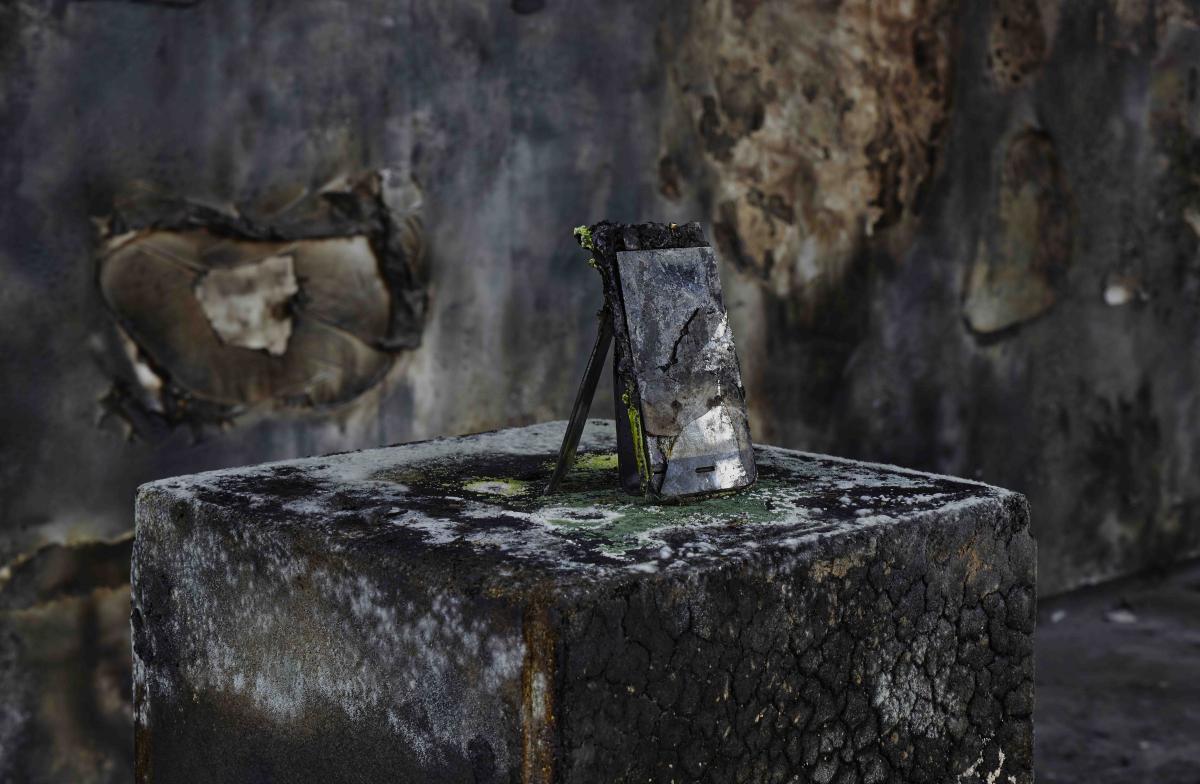
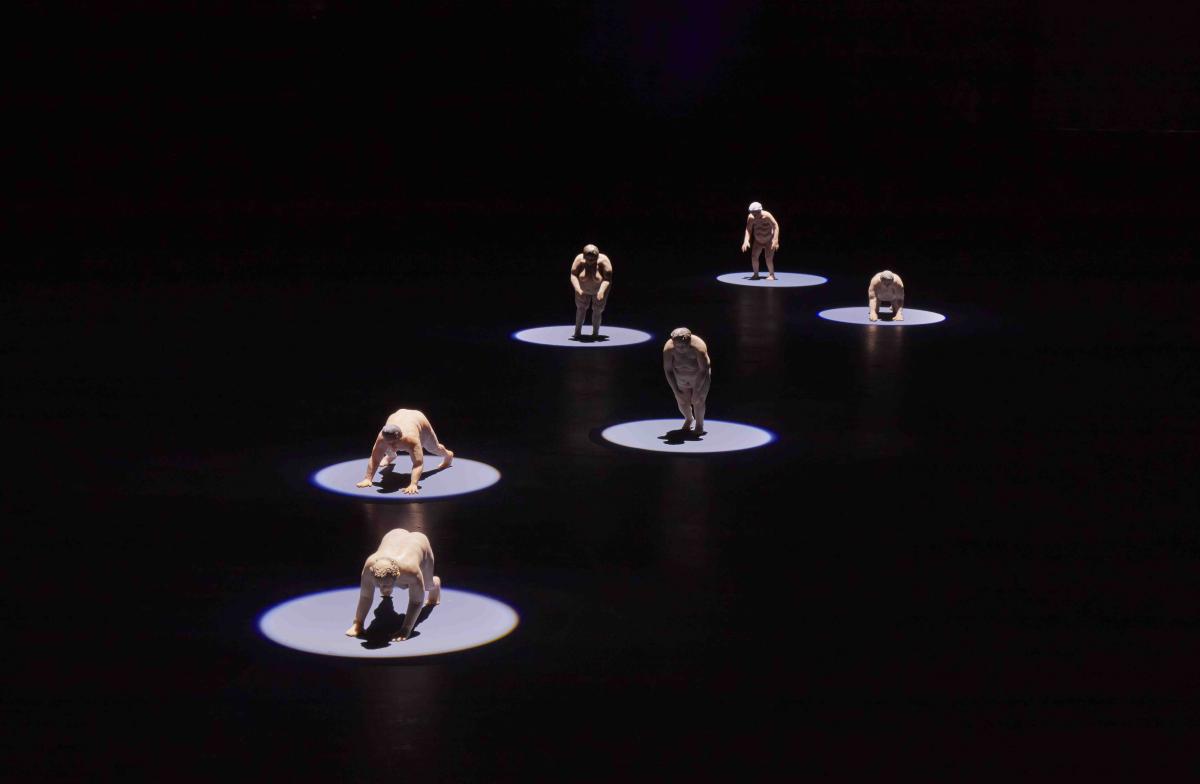
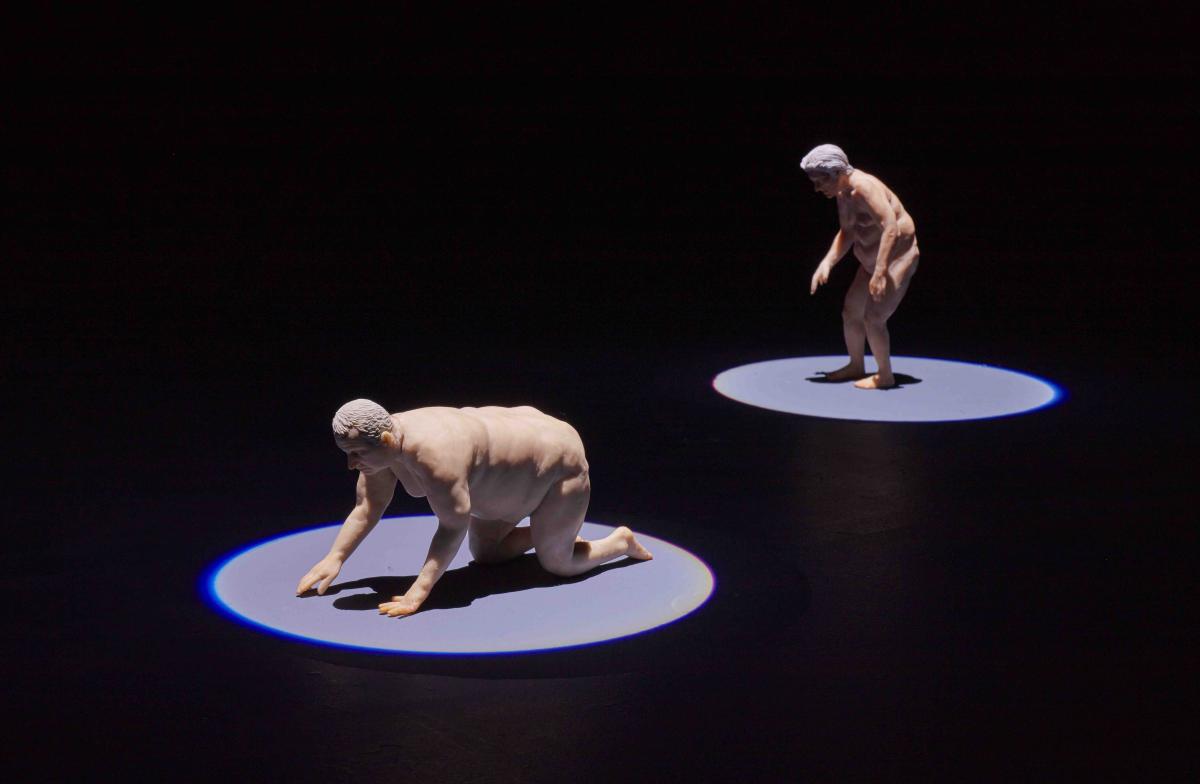

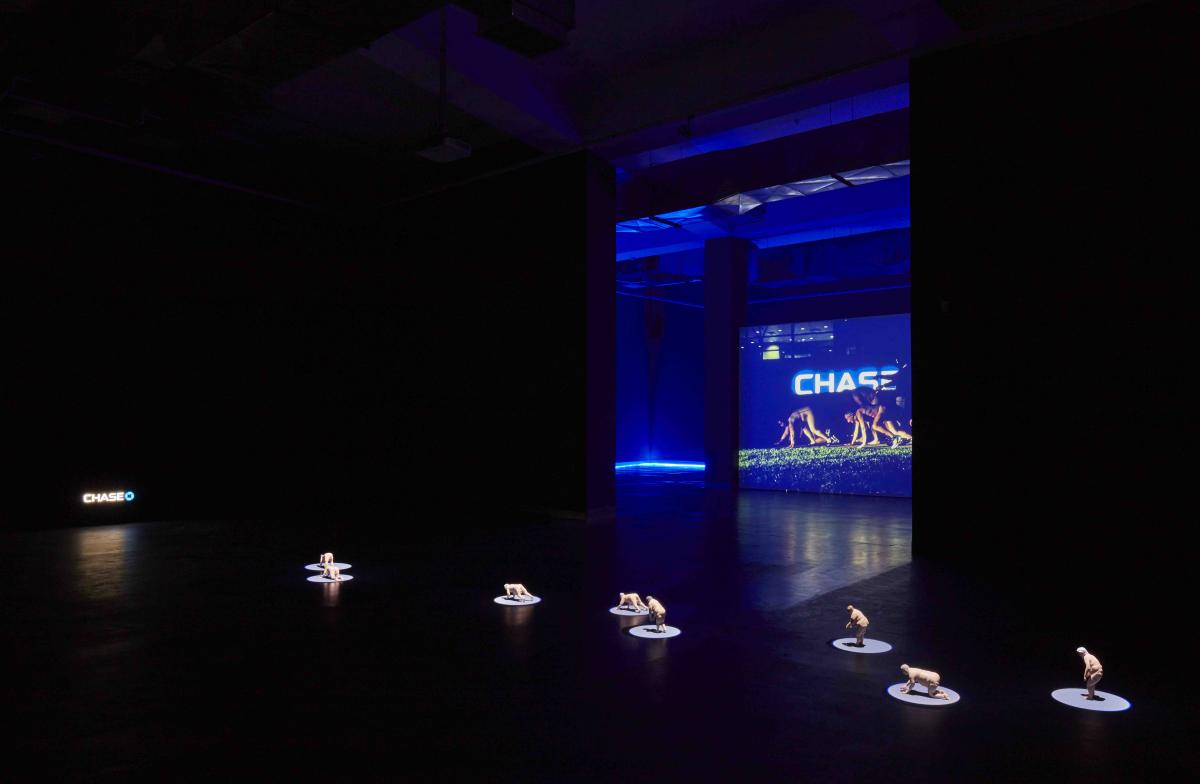
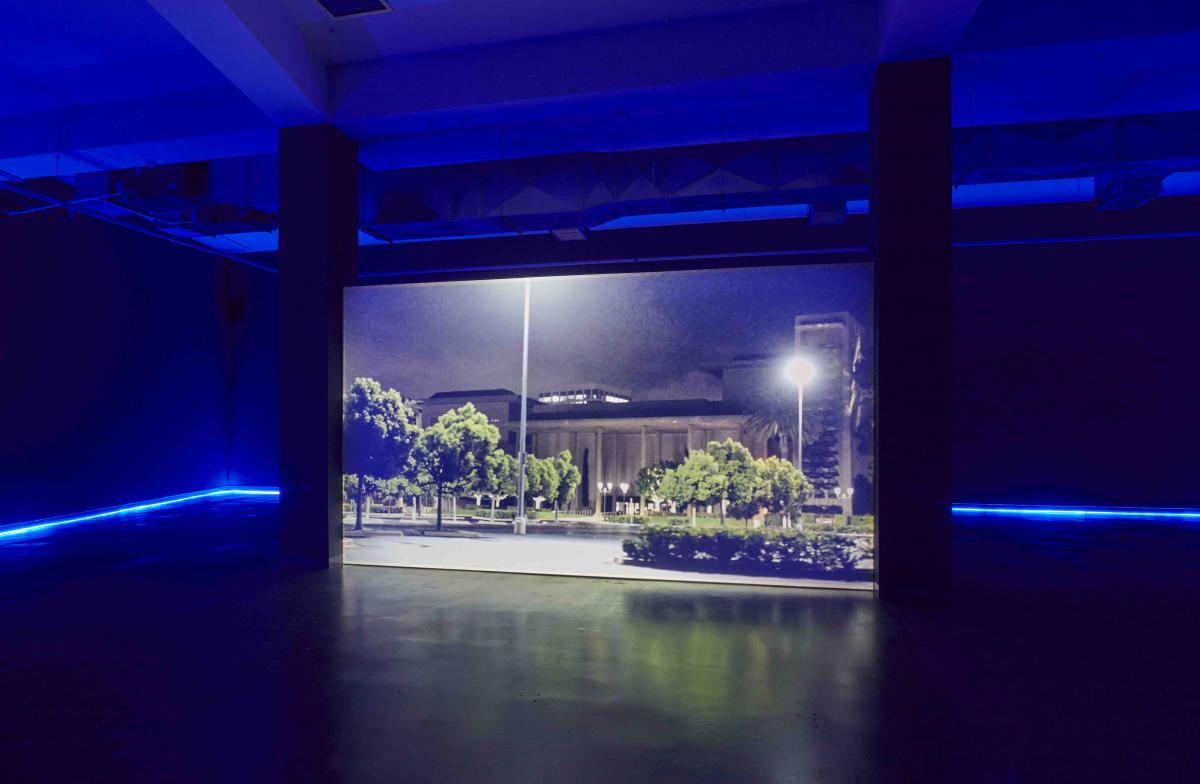
Yoshua Okón
Colapso Gravitatorio
Yoshua Okón
Colapso Gravitatorio
Yoshua Okón
Colapso Gravitatorio
Miércoles 25 de septiembre de 2019
6pm
Charla con Yoshua Okón y Renzo Gianella, curador de la exposición
7:30pm
Inauguración
26 de septiembre - 21 de diciembre de 2019
Proyecto AMIL
Lima
Este 25 de septiembre, Proyecto AMIL presentará Colapso gravitatorio, exhibición individual del artista mexicano Yoshua Okón.
Colapso gravitatorio es el mecanismo fundamental para la formación estructural del universo, que ocurre cuando la presión interna de un objeto es insuficiente para resistir su propia gravedad.
En el Centro Comercial Camino Real, espacio donde hace casi cinco años Proyecto AMIL abrió sus puertas al público, Okón establece una analogía entre este fenómeno físico, la próxima renovación del centro comercial que tendrá lugar en enero de 2020 y la estructura misma del sistema económico neoliberal.
El Centro Comercial Camino Real marcó el comienzo de una cultura con influencia estadounidense de centros comerciales en el Perú. Inaugurado en diciembre de 1980 en el exclusivo distrito de San Isidro con tiendas, restaurantes, cines e incluso una pista de patinaje, Camino Real fue durante alrededor de diez años el centro comercial más importante de Lima. Sin embargo, en 1992 tras sufrir un atentado, su número de visitantes disminuyó. Desde entonces Camino Real está semi abandonado. Un centro comercial fantasma que colapsa dentro de su propia estructura para dar lugar a otro nuevo, de la misma manera en la que se forman las estrellas, pero también los agujeros negros.
En este contexto, Okón presenta dos obras que giran en torno a la cultura de consumo, pero también predicen su colapso. Saló Island (2013) es una instalación video escultórica que recrea la escena de los “perros humanos” de Saló, o los 120 días de Sodoma (1975), película de Pier Paolo Pasolini. El artista resitúa la escena en Fashion Island, un centro comercial al aire libre originalmente construido en la década de los sesenta en Newport, California, como espacio público y posteriormente privatizado en los ochenta; “un laberinto corporativo surreal a altas horas de la noche, en apariencia completamente vacío, pero al mismo tiempo iluminado y listo para el negocio”. En el video de Okón, “los perros” son criaturas desoladas y decrépitas, esclavizadas por el consumo.
El nuevo centro (2019) es una instalación de sitio específico que transforma las fachadas de las tiendas abandonadas, que rodean la sala de exposición principal de Proyecto AMIL, en vitrinas hiperrealistas de marcas que son parte del imaginario del consumo globalizado y que se contrapondrán a los interiores devastados y calcinados de dichos espacios. Haciendo referencia al eslogan inaugural del centro comercial en los años ochenta –"Centro Camino Real, el nuevo Centro de Lima”– esta obra señala el creciente reemplazo del espacio publico por el privado. Asimismo, hace referencia al nuevo centro comercial por venir: una reacción tardía a la renovación, cada vez más acelerada, de un ciclo económico que aparece como necesidad del modelo neoliberal y la narrativa en la que la calidad de vida está supuestamente ligada al consumo de lo nuevo. El nuevo centro cuestiona la sostenibilidad de este sistema de consumo perpetuo.
Colapso gravitatorio pone en evidencia el círculo vicioso al que nos somete el sistema económico actual: por un lado, la cultura de híper-consumo, con su consagración de lo nuevo, la aceleración de las innovaciones y la reducción de los ciclos de vida; y por otro, el vacío emocional de los consumidores que, siempre insatisfechos, intentan llenar este vacío consumiendo aún más. Aunado a este ciclo, el proyecto sugiere la fragilidad de un sistema que, al generar una demanda desmedida, usa recursos no renovables a una velocidad cada vez más acelerada; encaminándonos hacia un inevitable colapso o agujero negro.
Colapso gravitatorio marca el final del programa de exposiciones de Proyecto AMIL en el Centro Comercial Camino Real. Durante el 2020, continuaremos nuestra programación regular de forma itinerante a través de colaboraciones interinstitucionales y proyectos de sitio específico en Perú y expandiremos nuestro programa de residencias y exhibiciones en Suiza.
Yoshua Okón (Ciudad de México, 1970). Su trabajo es una serie de experimentos cuasi-sociales ejecutados para la cámara donde se mezclan situaciones actuadas, documentación e improvisación, cuestionando las percepciones habituales de la realidad y la verdad, la individualidad y la moralidad. En 2002 recibe la maestría en arte de UCLA con el apoyo de una beca Fulbright. Entre sus exhibiciones individuales se encuentran: Yoshua Okón: Colateral, MUAC, Ciudad de México y Museo Amparo, México; Yoshua Okón: In the Land of Ownership, Asakusa, Tokio; Saló Island, UC Irvine, Irvine; Piovra, Kaufmann Repetto, Milán; Poulpe, Mor Charpentier, París; Octopus, Cornerhouse, Manchester y Hammer Museum, Los Ángeles y SUBTITLE, Kunsthalle, Múnich. Entre sus colectivas se encuentran: Manifesta 11, Zurich; Bienal de Gwangju, Corea; Bienal de Estambul, Estambul; Antes de la resaca, MUAC, México DF; Incongruous, Musèe Cantonal des BeuxArts, Lausanne; El horizonte del topo, Beaux Arts, Bruselas; Bienal de Mercosur, Porto Alegre; Amateurs, CCA Wattis, San Francisco; Laughing in a Foreign Language, Hayward Gallery, Londres; Adaptive Behavior, New Museum, NY y Mexico City: an exhibition about the exchange rates of bodies and values, PS1, MoMA, NY, y Kunstwerke, Berlín. Su obra se encuentra en las colecciones del Tate Modern, Hammer Museum, LACMA, Colección Jumex y MUAC, entre otras.
